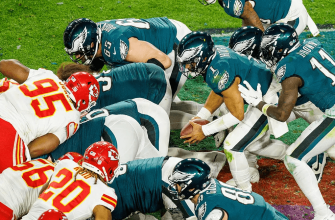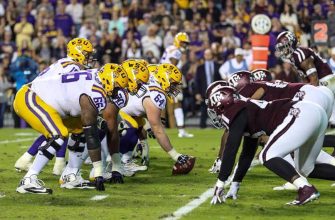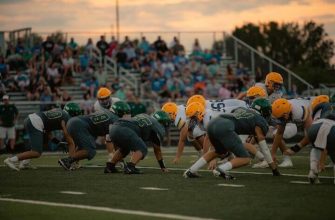Canadian football is similar to American football in many ways, with some key differences. One of the most noticeable differences is the size of the playing field. Canadian football fields are both longer and wider than American football fields. This difference in dimensions leads to differences in gameplay and strategy between the two codes of football.
The exact dimensions of a Canadian football field are 110 yards long by 65 yards wide, compared to 100 yards by 53 1/3 yards for an American field. The longer and wider field in the Canadian game allows for more open play and a faster, more wide-open style of play. Understanding the size difference between the two fields is key to appreciating the strategic differences between Canadian and American football.
Field Dimensions
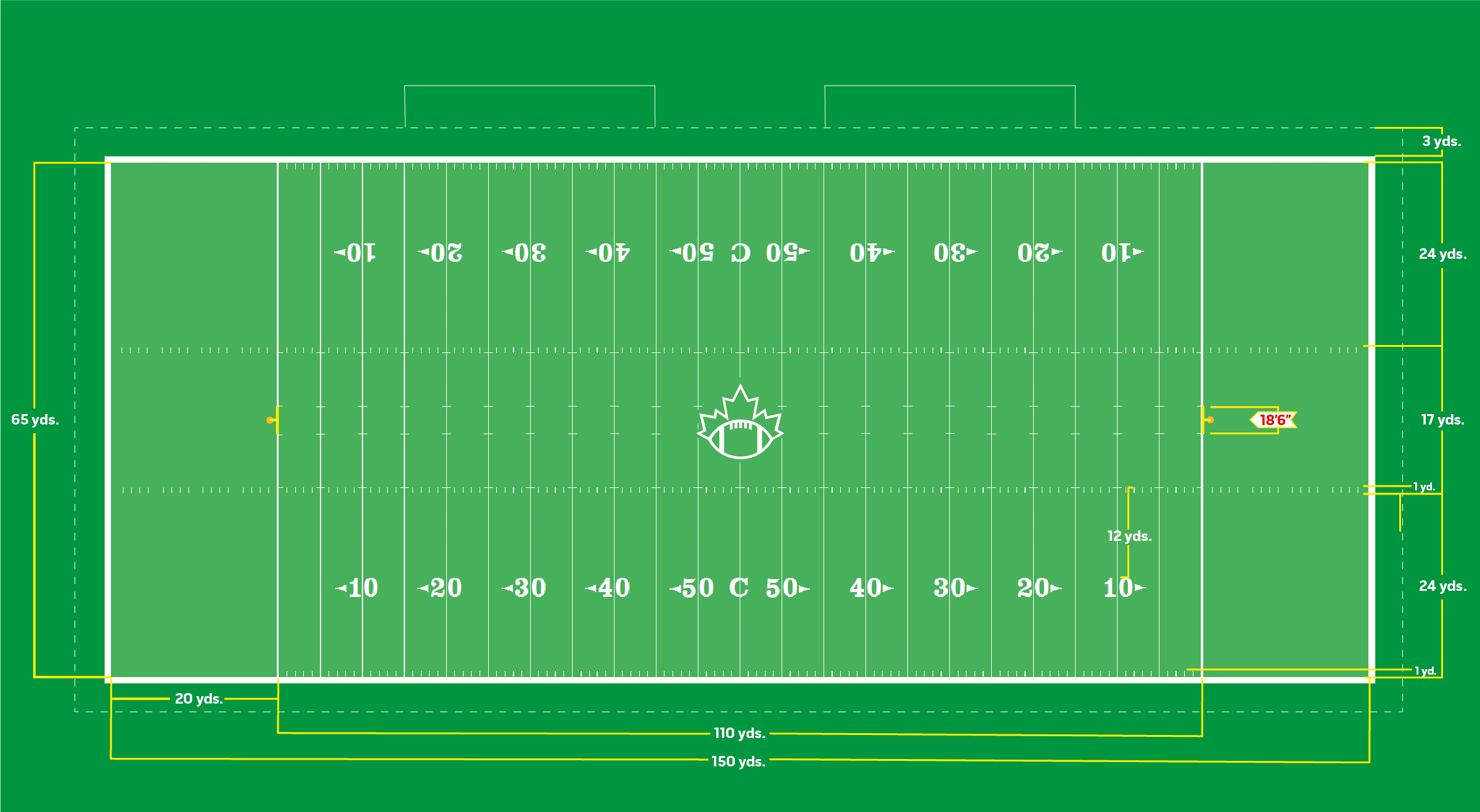
The dimensions of a Canadian football field differ from an American football field. A Canadian football field is 110 yards (100.6 meters) long and 65 yards (59.4 meters) wide, with 20 yard endzones on each end.
This is longer and wider than an American football field, which is 100 yards (91.4 meters) long and 53 1/3 yards (48.8 meters) wide with endzones that are 10 yards deep. The Canadian field’s additional length and width provide more space for the 12 players on each team to operate.
Field Markings
The field is marked with yard lines every 5 yards, starting from each goal line and extending to the 50 yard line. The yard lines are numbered, with arrows next to each number pointing towards the closest end zone. This helps players visualize how far they have to go to reach the end zone.
The goal lines are marked at the front of each end zone. The end zones themselves are 20 yards deep. The sidelines run the entire length of the field, 65 yards apart. The field also has hash marks 24 yards from each sideline, marking each of the 20-yard lines. These help players line up properly before each play.
Comparing to American Football
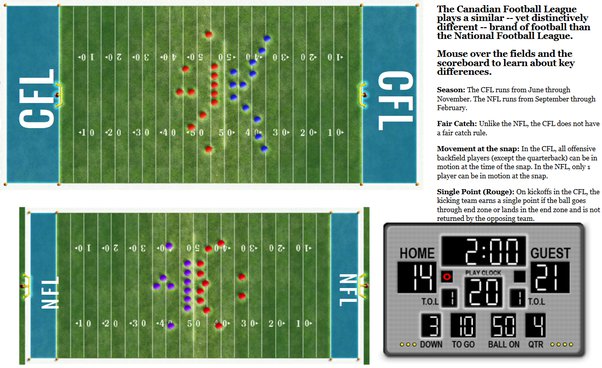
American football field is 120 yards long and 53.3 yards wide. The length is measured from the back of one end zone to the other. In contrast, a Canadian football field is 150 yards long and 65 yards wide.
The main difference in dimensions between American and Canadian football fields is the length. While American football fields are 120 yards long, Canadian fields are 30 yards longer at 150 yards in total length. The reason for this longer length is to accommodate the larger playing area and extra down in Canadian football. The width of 53.3 yards in American football versus 65 yards in Canadian football also provides more space across the field in the Canadian game. Overall, the larger Canadian field dimensions allow for a bigger area of play.
Reason for Size Difference
The Canadian football field is 110 yards long with 65-yard wide field compared to the 100-yard long and 53 1/3 yard wide field used in American football. This larger size for the Canadian field was adopted because it allows for a more wide-open style of play with more offense compared to the American game. The larger field size enables offenses to spread out more and utilize wider formations. It provides more space for receivers to run routes and for quarterbacks to pass downfield.
This extra room to maneuver helps generate big plays in the passing game. The wider field also makes it more challenging for defenses to cover the entire width of the field. Overall, the larger Canadian football field dimensions promote a faster-paced, higher-scoring version of the game compared to the tighter confines of the American football field.
Field Surface
Many Canadian Football League (CFL) stadiums utilize artificial turf rather than natural grass for their playing surface. Some of the most popular artificial turf brands used are FieldTurf and AstroTurf. Artificial turf provides a more consistent and durable playing surface compared to natural grass. The synthetic fibers and infill allow for good traction and drainage.
However, some argue that natural grass is better for injury prevention, as the softer surface may reduce impact. Studies on injury rates between surfaces have shown mixed results. Ultimately, the choice comes down to climate, maintenance costs, and player preferences. CFL teams must balance playability, safety, and budget when selecting their field surface.
Stadium Capacity
Canadian football stadiums vary in size, with most professional stadiums seating between 20,000 and 60,000 spectators. The largest stadiums are found in major cities and can hold over 50,000 fans.
The largest stadiums hosting Canadian football include Commonwealth Stadium in Edmonton, which can seat over 56,000, and Olympic Stadium in Montreal, which can hold around 66,000 for football. Other notable large stadiums are Mosaic Stadium in Regina (33,000) and BC Place in Vancouver (54,500).
Smaller stadiums in the 20,000-30,000 range include Tim Hortons Field in Hamilton, Percival Molson Memorial Stadium in Montreal, and TD Place Stadium in Ottawa. The capacity depends on the size of the market and fan base. The largest stadiums are in big cities and for teams with devoted fan followings.
Notable Stadiums
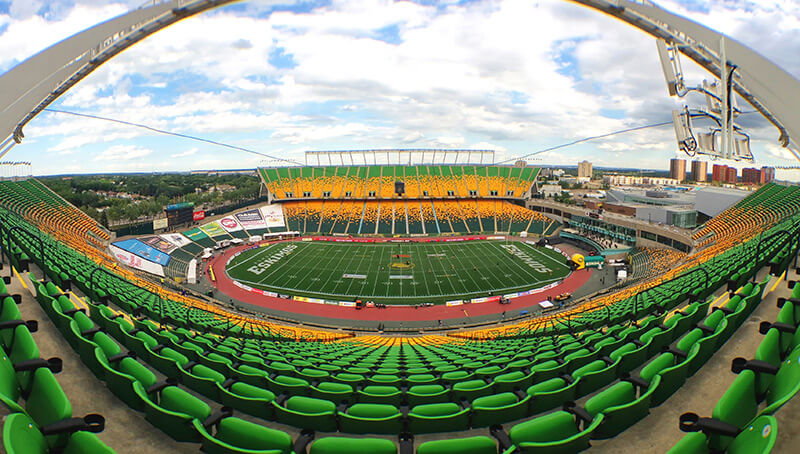
Some of the most well-known Canadian Football League (CFL) stadiums include Commonwealth Stadium in Edmonton, BC Place in Vancouver, Olympic Stadium in Montreal, Rogers Centre in Toronto, and McMahon Stadium in Calgary.
With a capacity of over 60,000, Commonwealth Stadium is one of the largest CFL venues and home to the Edmonton Elks. The retractable roof BC Place can hold around 54,000 spectators and hosts the BC Lions. Olympic Stadium in Montreal has a capacity exceeding 66,000 and was constructed for the 1976 Summer Olympics. Rogers Centre, home of the Toronto Argonauts, can accommodate just under 50,000 fans. McMahon Stadium in Calgary has a capacity of over 35,000 and is where the Calgary Stampeders play.
CFL Rules
The CFL has several rule differences from the NFL that take advantage of the larger field size and 12-man rosters. Most notably, the CFL allows “unlimited motion” prior to the snap, meaning players can move in any direction before the play starts. This allows for more creative formations and strategies.
The larger field and roster size also impact play calling, as teams have more room to spread out. Coaches take advantage of the extra space with more deep throws and trick plays. Overall, the CFL’s rules create a faster, higher-scoring game that complements the larger field.
Conclusion
Canadian football fields are noticeably larger than American football fields. The total length of a Canadian field is 150 yards compared to 100 yards for an American field. The end zones are also deeper at 20 yards compared to 10 yards in American football.
This size difference leads to a wider field that places more emphasis on speed and provides more space for passing plays. The larger field dimensions are a core part of the Canadian football game and create a playing experience distinct from American football. While the rules and scoring may look similar between the two codes of football, the contrasting field sizes contribute to significant strategic differences.
In summary, a Canadian football field’s total length is 150 yards with 20-yard end zones. This provides a wider playing surface than the American football field’s 100 yards and 10-yard end zones. The larger Canadian field shapes a faster, more open style of play.





